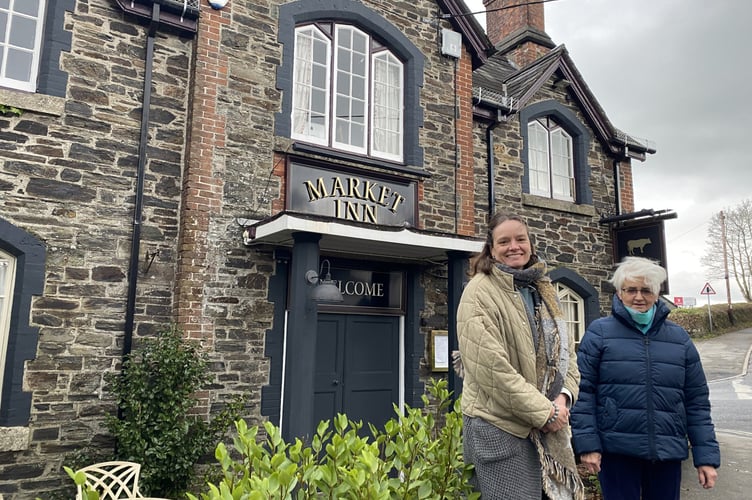A heated debate preceded the latest stage in the creation of Tavistock’s first development plan for the town’s future.
The town council agreed to Tavistock’s Neighbourhood Development Plan (or NDP) going onto the next stage before it can be applied in the parish. West Devon Borough Council will now consult on the plan and people of the town will vote on it in a referendum. The earliest the plan can be brought to a vote is spring 2025.
The plan is the only long-term land-use vision for the parish and is the product of three years of consultation with the public who were asked for their priorities across sustainable development, housing, business, community facilities, environment, heritage and transport and connectivity. West Devon planners will take the plan into account the policies in this community-shaped plan when approving any developments.
Amid a national and local housing crisis, future housing development caused some dispute at the full council meeting on Tuesday last week. To address the need for affordable and and social homes the NDP supports exception sites and community-led affordable housing, but doesn’t allocate any new land in the plan. West Devon Borough Council (WDBC) the lead planning authority, already has a Joint Local Plan (JLP) that determines whether housing can come forward on open countryside.
However, Cllr Parker sought to have a settlement boundary policy included in the NDP, to reduce the impact on the countryside and to protect the character of Tavistock.
Before the full council meeting began WDBC planners told councillors the JLP already prevents unsustainable development in the countryside around Tavistock.
NDP Chair Cllr Ursula Mann said creating a settlement boundary would be counterproductive – encouraging ‘town cramming’ of houses on green spaces in the town and inflating land and property prices, leading to less affordable housing - contrary to what residents wanted.
Cllr Paul Ward, Tavistock Town Mayor, said: "A settlement boundary is not required by either the national planning policy framework or the JLP. Settlement boundaries have advantages and disadvantages. Whilst they distinguish between the built environment and countryside, they may increase development pressure and land prices within the boundary. JLP policies can resist inappropriate development in the countryside. Neighbourhood plans must be monitored and revised according to changes locally, the local plan, and government policy. Tavistock can determine a settlement boundary at a later if appropriate.”
The government’s wants to build 1.5million homes over five years, so new ways of determining housing needs will be introduced including local requirements and affordability.
Cllr Ward added: “Tavistock will inevitably grow. Whilst the proposed neighbourhood plan cannot prevent development, it allows us to influence the type and design of new housing, its connection with the town and the supporting infrastructure whilst protecting Tavistock’s characteristics. I’m convinced the neighbourhood plan steering group has consulted widely with the public, followed procedures, and heeded professional advice from West Devon Borough Council and the group’s planner. The plan should be passed onto the borough council and ultimately lead to its adoption.”
Cllr Parker’s idea for the settlement boundary was rejected by a council vote.






Comments
This article has no comments yet. Be the first to leave a comment.